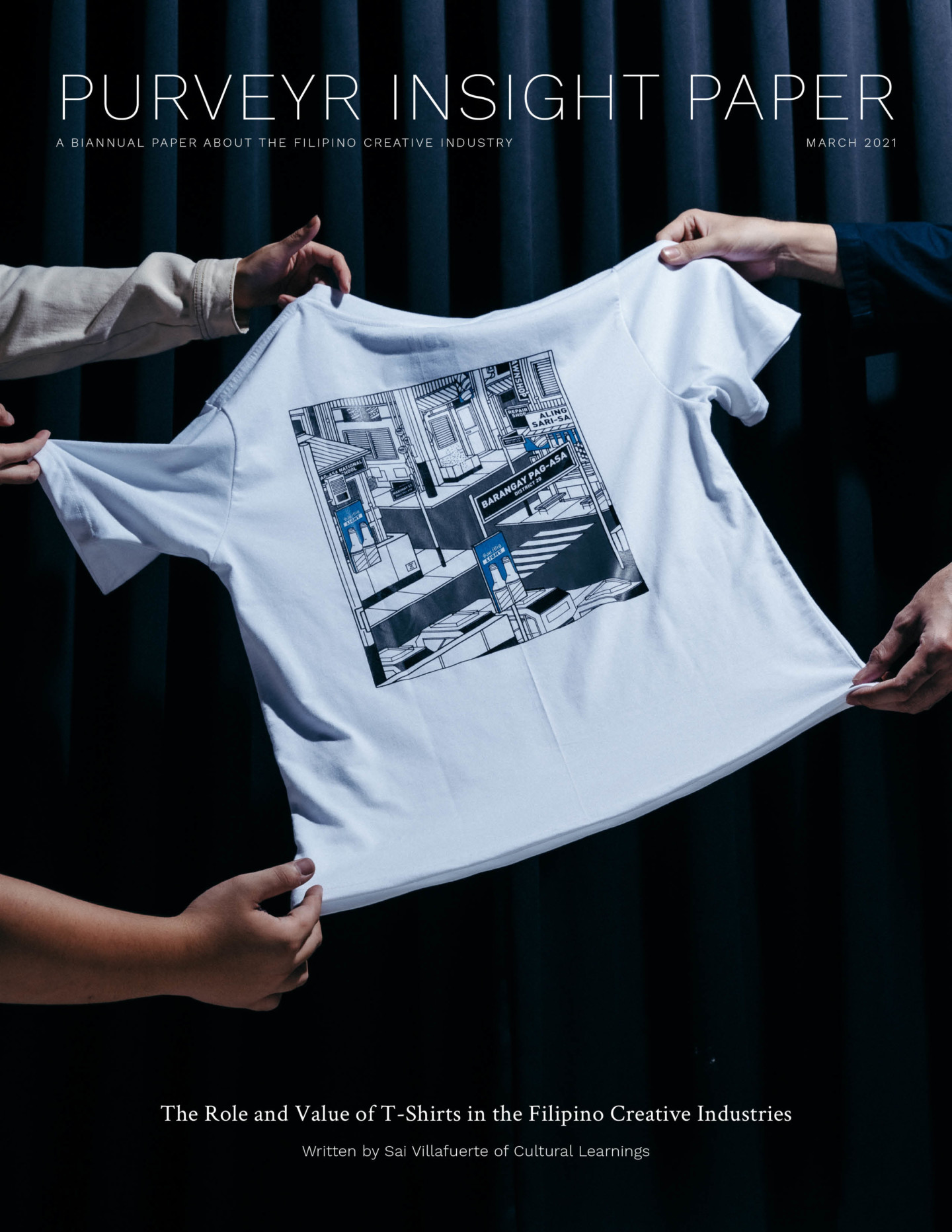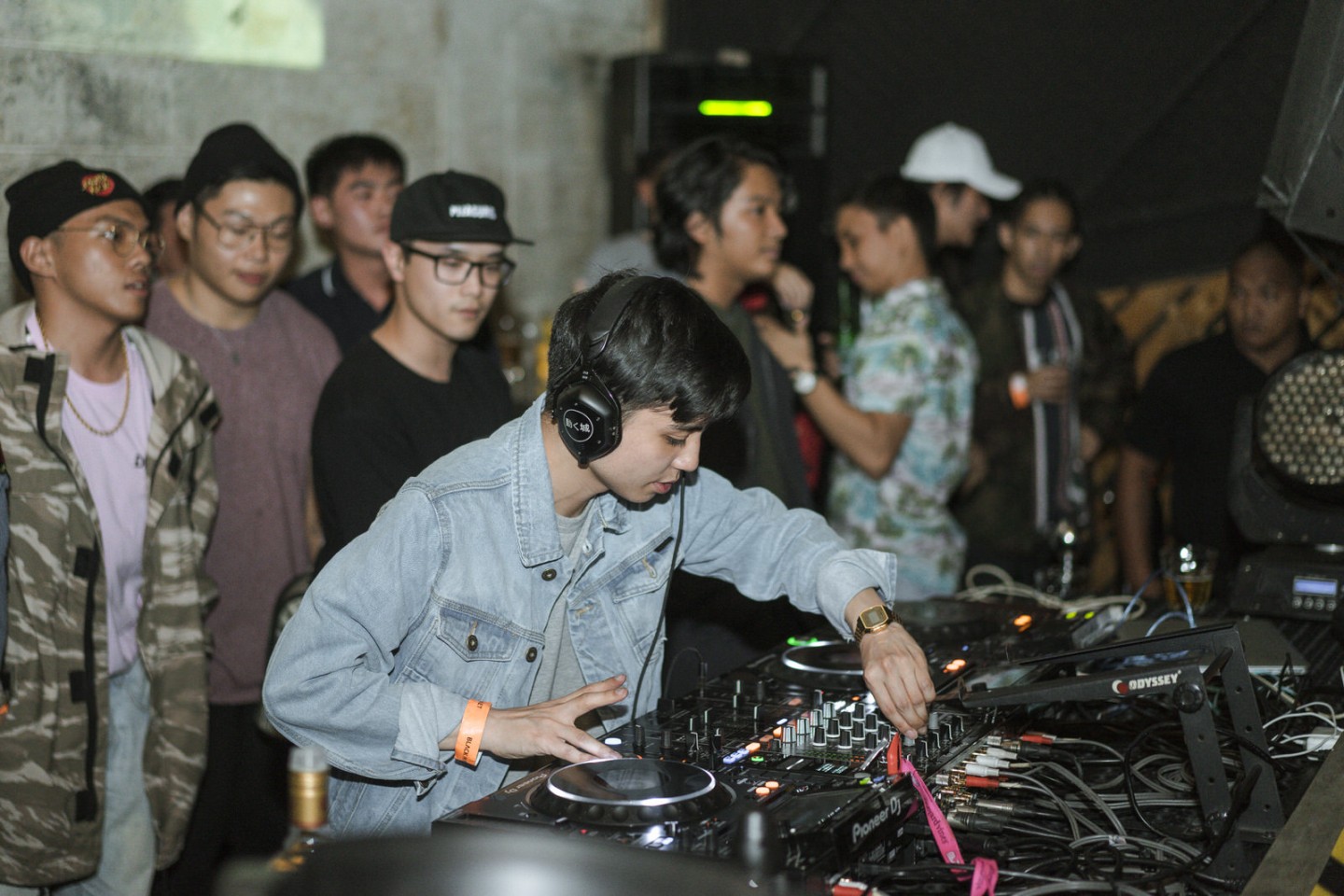
The Filipino garment industry, of which t-shirts are a central part, was once valued at $3 billion. However, it has been in decline since the early 2000s — from $2.3 billion to $1.2 billion worth of exports between 2005 and 2016.
This decline is largely attributed to a move made in 1995 when quotas and tariffs on garment exports were removed, phasing it out completely by 2005. Following colonial independence, many developing countries relied on quotas and tariffs for additional revenue to grow their industries.
Many viewed this removal as an opportunity for innovation, levelling out price competition globally. In the Philippines, it downsized or outright closed many of its garment manufacturers. The country lacks ample sources of domestic fabric and the removal of these incentives meant imports for raw materials were costlier. For example, during the height of its production in the 1990s, the country had 38,000 hectares of cotton crops. Today, just 1,000 hectares exist nationwide. The Philippines currently imports all the cotton required for local textile production, being cheaper than locally produced cotton.
With fluctuations in supply undermining Filipino garment production, local t-shirt brands and producers are turning to the creative industries for new sources of value.
A new source of livelihood
Years into his solo practice, Auggie Fontanilla realized a milestone in his career as a visual artist – one with a knack for Americana insignias and emblems with Filipino motifs of religion. This visual identity helped diversify his sources of income — one of which is provided by t-shirts.
He compares t-shirts to food — “”a staple commodity”, easy to create and sell. It also functions as a walking advertisement which, as an artist, is really helpful for me.”
Freelancing in the Philippines is especially apparent in its creative industries where an autonomous workforce is supported by an expansive network of relationships, providing access to opportunities, resources and capital. Likewise, the Filipino creative industries are among the top ten exporters for creative goods in the developing world, valued at $1 billion in 2015. Its growth signifies a pivotal period where knowledge and expertise, not only products, help people earn a living.
“T-shirts are a medium for your message. For creatives who want to tell a story, a t-shirt is a very easy and accessible medium to use,” said Jowee Alviar in an interview. Team Manila is a Filipino design studio, often associated with the local graphic t-shirt boom in the early 2000s. Recently, they partnered with two other groups on a sewing facility to develop and cut their own t-shirt blanks – a testament to their rapid growth over the years. As its creative director, Alviar places substantial value on knowledge and expertise – the combination of which is creativity.
“Price perception is normally matched with the value attached to your brand position,” he remarked. “There is a sweet spot your market is willing to pay for. You can increase your mark up by bringing in good ideas.”
An economy at a crossroads
Currently, there are efforts by the Creative Economy Council of the Philippines and the British Council to map out the Filipino creative industries. This signals a major shift in what we consider to be part of the economy and, thus, a source of growth.
With the pandemic disrupting 70% of garment exports from the Asia-Pacific – a region comprising 75% of garment workers worldwide – t-shirts are at the crux of a divisive debate on the sustainability of the environment and people’s livelihoods. The Filipino creative industries have the potential to add new forms of value by feeding new knowledge and practices into infrastructures requiring solutions to modern problems.
“I view it positively,” said Vince Javier, creative director and co-founder of Don’t Blame The Kids (DBTK) – a streetwear brand with a strong cult following since its inception in 2012. “For DBTK, we appreciate the opportunity to inspire other people to create their own brands.” Javier also believes the proliferation of creative brands is developing a market that is more geared towards quality rather than quantity. “The industry is expanding because of this … People are starting to better understand the processes behind a product and the values attached to that.”
Being the fashion industry’s most democratic garment, t-shirts act as an effective “medium for a message,” a description first dubbed by The New York Times in 1973. In doing so, how t-shirts are made raise interesting questions on its role beyond a consumer product.
After all, t-shirts always embodied a modern vision: apparel that held the body without safety pins, needles, threads, or buttons. It is a cultural object – one that, since its invention, was always subject to reinvention.
In collaboration with Cultural Learnings, PURVEYR’s inaugural Insight Report is an in-depth overview of the development, production, distribution, and marketing of t-shirts in the Filipino creative industries. The report includes insights from a nationwide consumer survey, as well as interviews with key players in the industry. The report also provides recommendations for brands and independent producers to identify new sources of value, helping overcome challenges relating to the creation and sale of t-shirts.
Key Chapter Titles
The History & Culture of T-Shirts
Who Are The Players?
Consumer Survey Overview
Key Themes & Trends
How to Move Forward with Value
Interviews with
Dante Dizon, Leo Burnett Manila & 13 Lucky Monkey
Auggie Fontanilla, visual artist
Kix Suarez, The Artisan
Dan Matutina, designer & illustrator
Sean Bautista & Matt San Pedro, transit
Vince Javier, Don’t Blame The Kids (DBTK)
Jowee Alviar, Team Manila
Raoul Reinoso, TITAN
You can purchase and download the digital copy through the buy button or by joining the PURVEYR Partner Platform.




